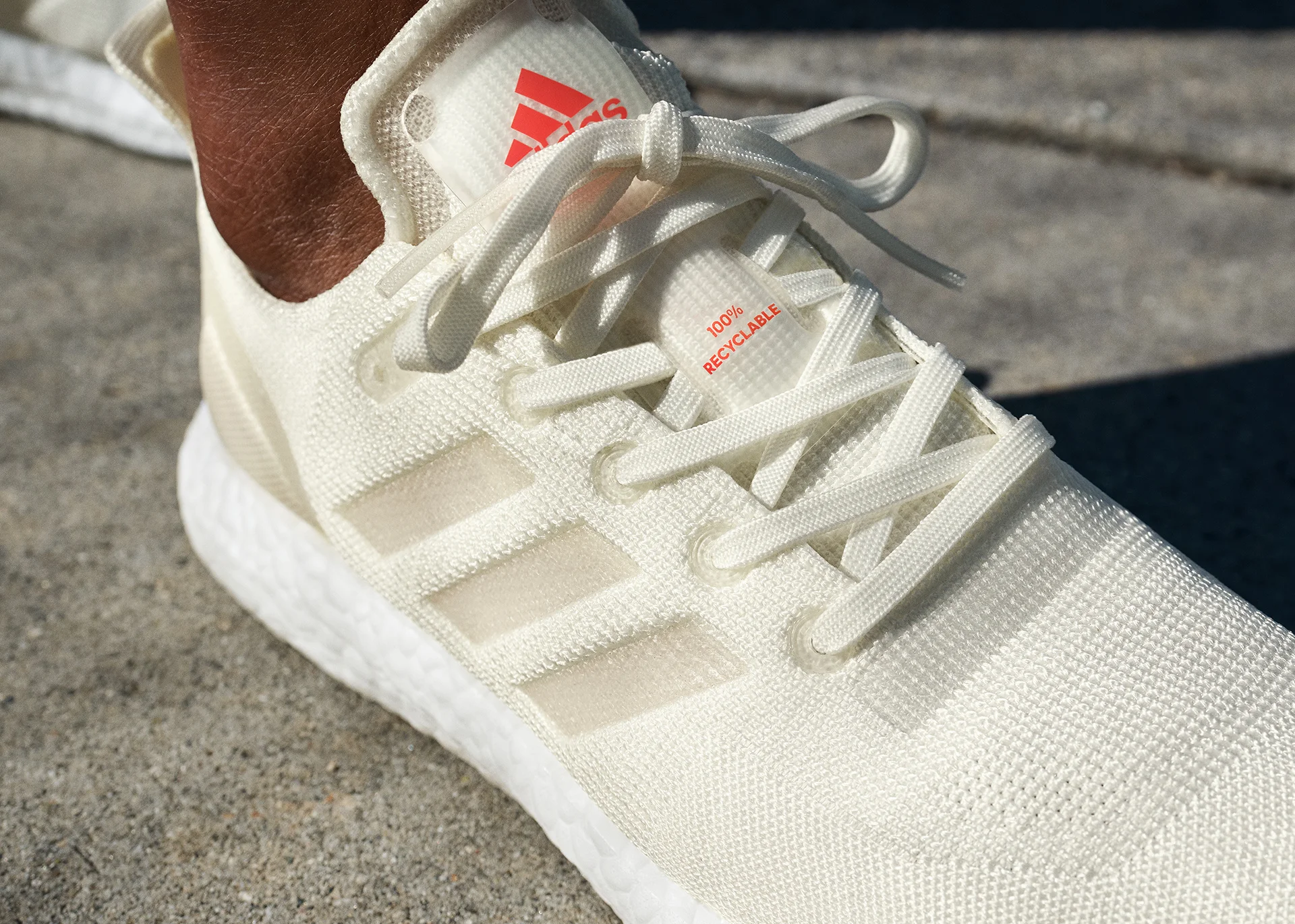Innovations
The UN Secretary General has warned that humanity faces a ‘direct existential threat’ from the climate emergency if we do not change course by 2020. Designers and activists, brands and communities are coming together to propose solutions that could, if implemented on a wide enough scale, have a significant impact on the environment. Here are some of the best:
PHOTO CREDIT YKK plant-derived zipper, GreenRise™
1. ZIP IT
Making a zipper involves a number of chemical and carbon intensive processes including extracting petrochemicals for polyester as well as smelting metal. YKK, the best-known zip manufacturer in the world, launches GreenRise, a new plant-derived option made from molasses, the by-product generated in the sugar production process. Sustainability never looked so sweet.
PHOTO CREDIT ADIDAS FUTURECRAFT
4. RUN FOR IT
Due to the number of parts and steps required to make them, trainers have a heavy footprint on the planet. They are also tricky to recycle. Set for release in 2021, Adidas proposes Futurecraft Loop, a 100 per cent recyclable, zero-waste sneaker that can be returned to the company when the owner is done with it to create another shoe.
PHOTO CREDIT ADIDAS BY STELLA MACARTNEY
7. LIQUID OLD
An estimated 92 million tons of textile waste is created annually from the fashion industry and is estimated to increase by about 60% between 2015 and 2030. Mechanical recycling or chopping up fabric weakens fibres. NuCycl, by textile innovations company Evrnu, is a technique that uses chemical processes to purify and then liquify old cotton to transform it into new material.
PHOTO CREDIT CARLINGS
2. FASHION FOR THE FUTURE
Last year, Norwegian retailer Carlings launched a digital collection to counter the wasteful ‘wear once, take a selfie’ philosophy of today’s frantic online influencer. For a small fee, users could e-fit images of the futuristic streetwear onto their photos. “We’ve opened up a world of taking chances with styling, without leaving a negative footprint,” Morten Grubak of Virtue Nordic, told iD magazine at the time.
PHOTO CREDIT GCA 2020 - key visuals
5. FROM THE SEA
A soup of toxic chemicals are required to make clothes. Algalife’s dyes and fibres, made from algae micro-organisms, release anti-oxidants, vitamins and minerals to nourish and protect skin; they also have a far lighter environmental footprint than conventional processes. No wonder the clean tech innovation company is both the Global Change Award Winner 2018 and a Fashion for Good incubatee.
PHOTO CREDIT Modern Meadow
8. LIVE KIND
Over a billion animals are killed every year, often in the worst possible conditions, to make leather for the global fashion market. New York-based company Modern Meadow blends design, biology and material science to create cruelty-free vegan alternatives. Its product Zoa, the world’s first bio-leather materials brand, is currently in development.
PHOTO CREDIT FOR DAYS
3. YOU SPIN ME RIGHT ROUND
Clothing rental is being touted as the new economic model for fashion. Here’s a structure that allows the same textiles to be re-used - again and again. Most recently launched is For Days, a closed-loop clothing label in which you apply for membership, keep the organic cotton item for as long as you want, then return it to be recycled.
PHOTO CREDIT WRANGLER
6. MOOD INDIGO
The World Bank Group has calculated that 17 to 20 per cent of all water pollution comes from textile dyeing and finishing treatments alone. ‘Dry Indigo’ is a new foam-dyeing process that eliminates 99 per cent of the water used in conventional dyeing by replacing water with foam to transfer dye onto yarns. Wrangler is the first denim brand to embrace the tech.
This article originally appeared in the Redress Design Award 2019 Magazine.








